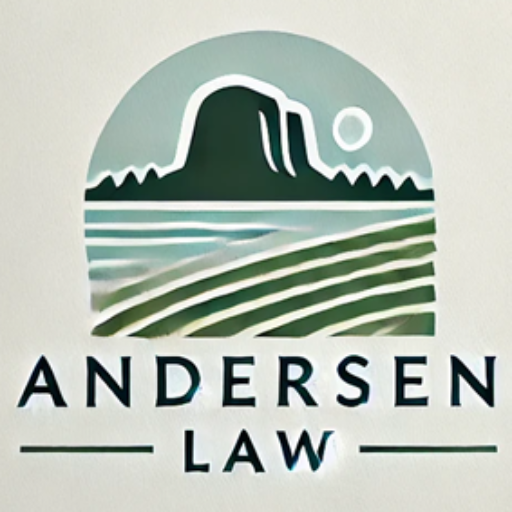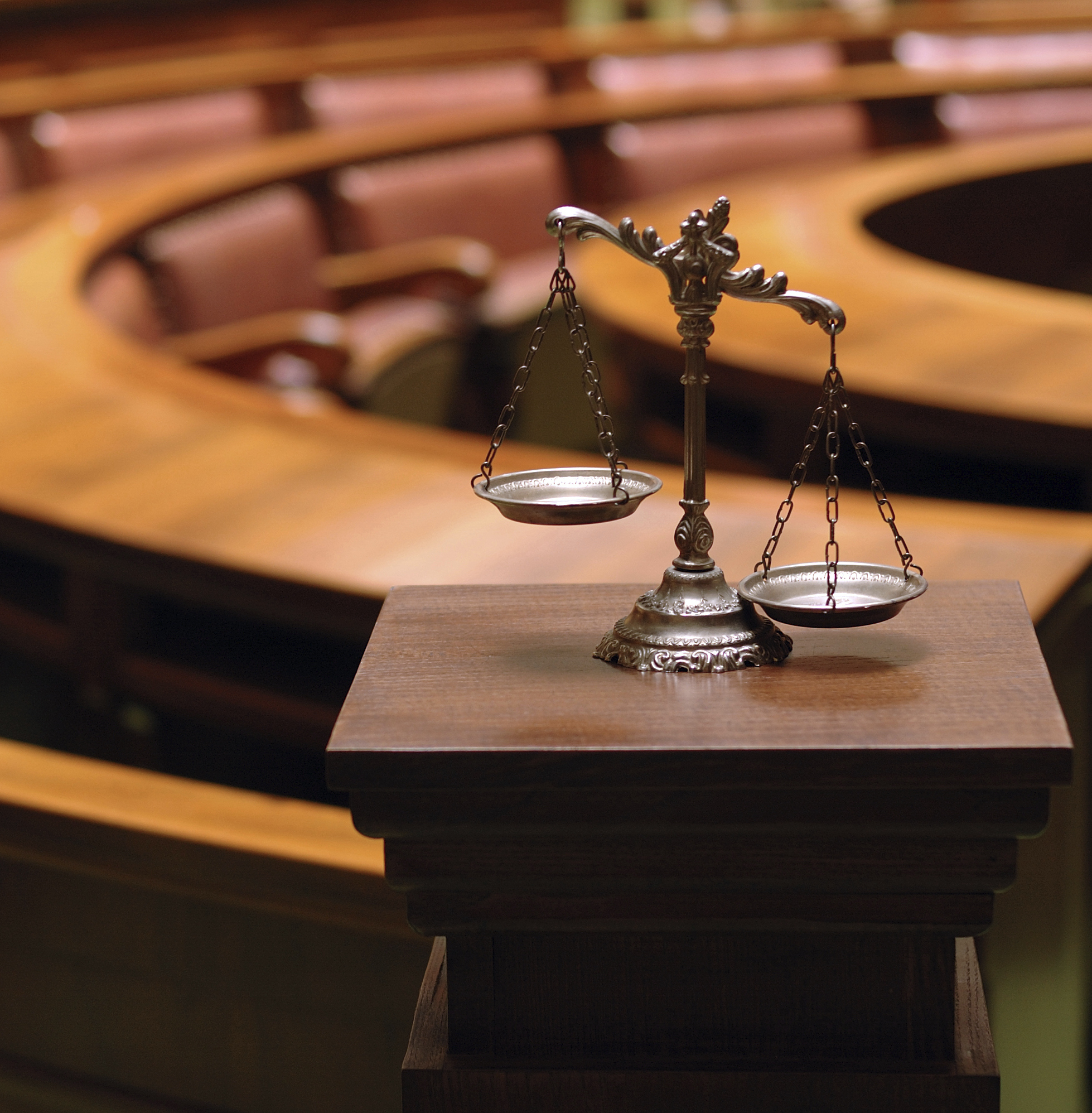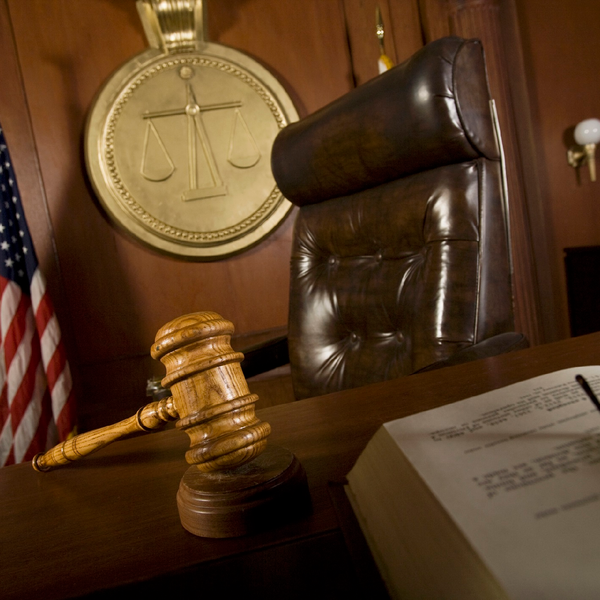At Bradley Andersen Law, we recognize that a legal decision can significantly impact your future and that there may be grounds to challenge a verdict or ruling. The appeals process is an essential component of the judicial system, providing a pathway for individuals to seek review of their cases when they believe an error occurred during the trial. With extensive experience in litigation and appellate advocacy, Bradley W. Andersen is committed to guiding clients through every step of the appeals process.
An appeal is a legal procedure in which a higher court reviews the decision of a lower court. This process is not a retrial; rather, it involves reviewing the record of the original case, examining legal arguments, and determining whether the lower court made a reversible error regarding the law or procedural issues.
Key aspects of the appeals process include:
Notice of Appeal: The first step in filing an appeal is to submit a notice of appeal, indicating your intention to seek review from a higher court.
Record on Appeal: The appellate court reviews the record from the original trial, including evidence presented, witness testimony, and legal arguments made.
Briefs: Both parties submit written briefs outlining their arguments, with the appellant (the party appealing) arguing why the lower court’s decision should be reversed or modified.
Oral Arguments: In many cases, the appellate court will hear oral arguments from both sides, allowing attorneys to present their positions and answer the judges’ questions.
Decision: After reviewing the case, the appellate court will issue a decision, which may uphold, reverse, or modify the lower court’s ruling.



